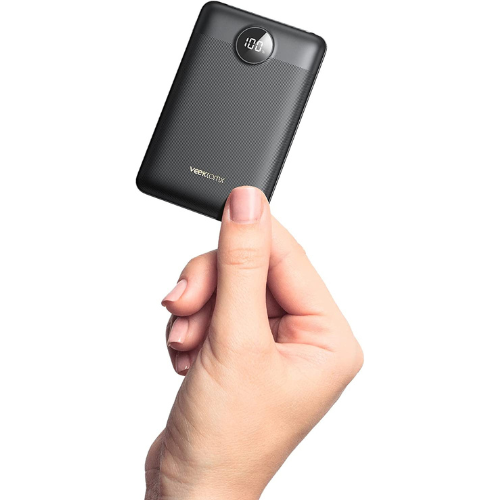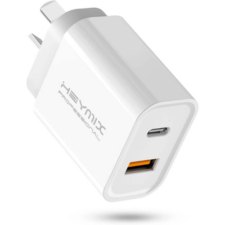The only guide you need if you’re thinking about upgrading to the Samsung Galaxy S23.
Samsung Galaxy S23 vs every other Galaxy model
The Samsung Galaxy S23, S23+ and their premium pen pal, the Samsung Galaxy S23 Ultra are all available in Australia.
If you’re an old-school Samsung fan, you probably already know that its flagship smartphones haven’t changed radically for some time now. Sadly, 2023 hasn't proven much different.
Still, if you’re well overdue for an upgrade, the S23 family may present a significant step up for you. It really just depends on exactly how old your current smartphone is.
Whether you're rocking an ancient Samsung Galaxy or thinking of switching sides, we've got the guide for you.
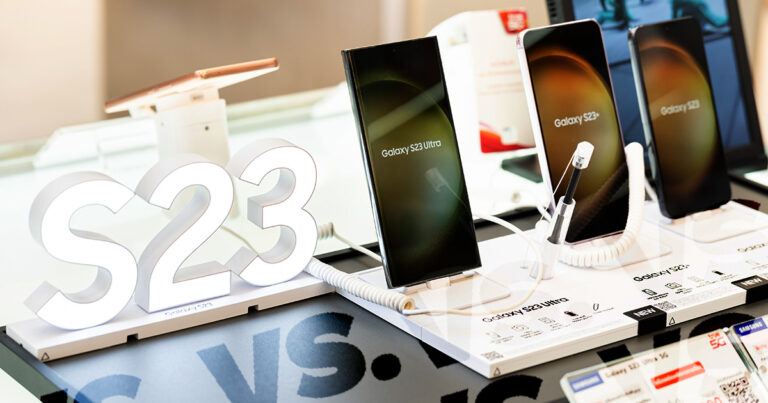
You'll find a frankly unnecessary number of Galaxy S23 comparisons below but if you've almost made up your mind already, these are the cheapest Galaxy S23 plans available in Australian on a 36-month payment plan.
Samsung Galaxy S23 vs S22
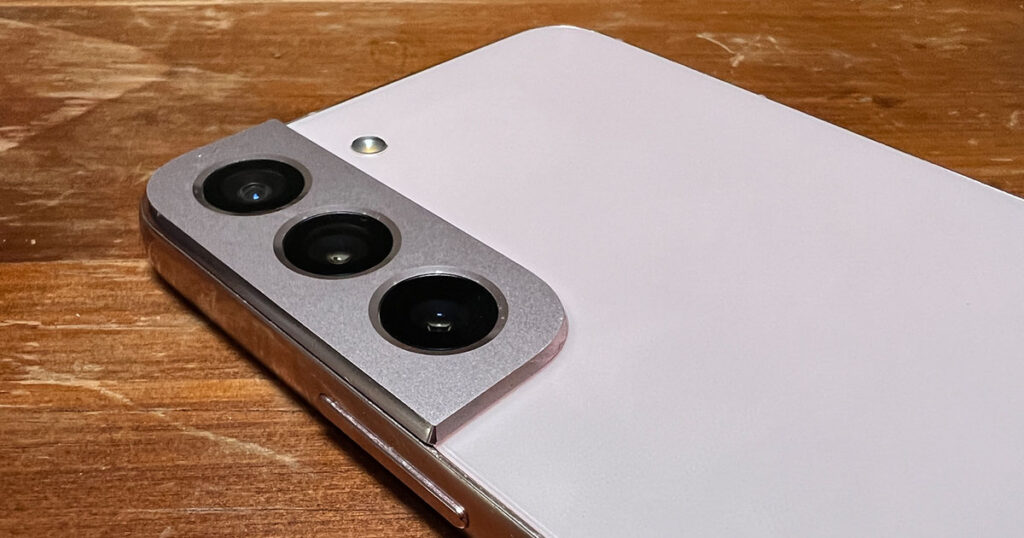
Nope. If you already have an S22, upgrading to the S22 would be totally unnecessary. As with recent years, the improvements to the S23 are incredibly slight when compared to the S22.
Besides a slightly bigger battery, a teeny performance bump and a tweaked design (the S23 has shaved off its camera bump,) there aren’t many meaningful upgrades. The camera specs are mostly the same, besides a slightly improved 12MP selfie camera with faster autofocus and 8K video at 30fps. And by all means, the Samsung Galaxy S23 can take a mean photo, but you’ll need a keen eye to see any noteworthy difference between a photo taken on the S23 and a photo taken on the S22.
Should you upgrade?
Galaxy S23 Ultra vs S22 Ultra
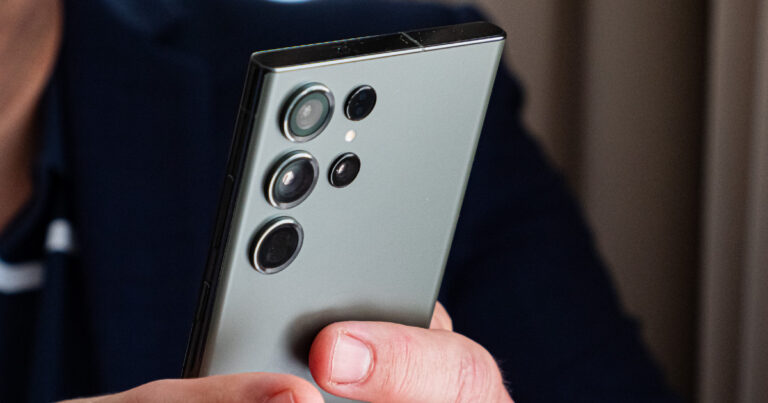
Upgrades to the S23 Ultra camera specs are a little more impressive on paper, such as the 200MP main shooter (up from 108MP) but in our testing that hasn't provided an incredibly noteworthy difference.
A high megapixel count doesn’t count for much but the performance bump offered by the Gen 2 Snapdragon 8 and the improved autofocus on the 12MP selfie camera do help achieve better clarity in low-light conditions. That makes for a nice premium smartphone but it's still not enough reason to upgrade from last year's model.
Should you upgrade?
Samsung Galaxy S23 vs S21
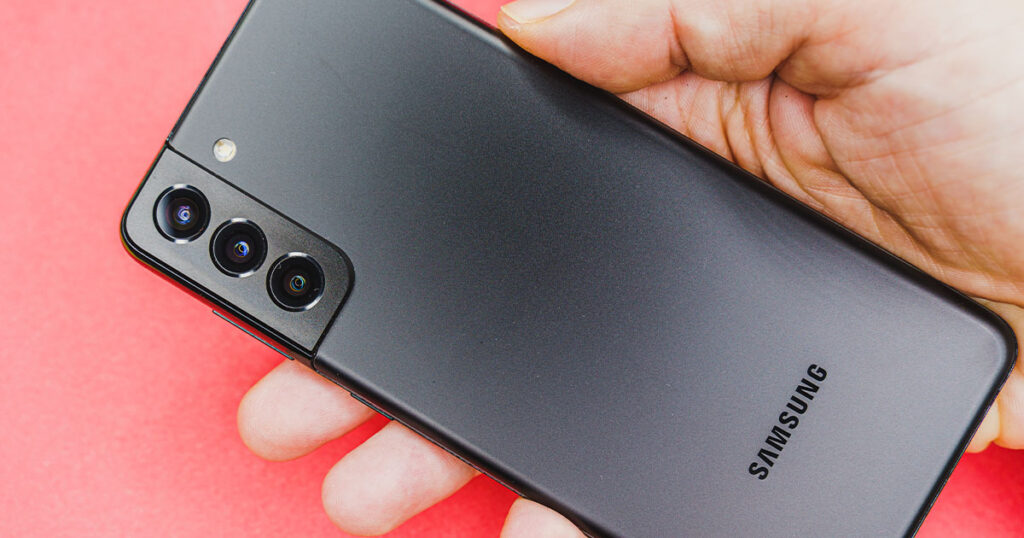
Comparing the Galaxy S23 against 2021’s Galaxy S21, you’ll see a longer list of changes but still nothing that should compel you to upgrade. On the outside, the S21 still has an unsightly camera bump and a plastic back, whereas the S23 has managed to shed the camera bump and has opted for a glass back (Gorilla Glass Victus 2).
The S23’s display is marginally smaller at 6.1 inches (compared to the S21’s 6.2-inch screen) but both share the same key display specs: Dynamic AMOLED display with HDR10+ and up to 120Hz refresh rate.
The triple-lens camera array might appear similar at a glance but they are actually packing markedly different hardware. The S21’s 64MP telephoto lens is bigger than the S23’s 12MP telephoto lens in megapixels only. The S23 has a much wider 70mm telephoto lens and 3x optical zoom, whereas the S21 favoured a subpar digital-hybrid zoom. Interestingly, the script is flipped when it comes to the main wide-angle lens, which offers 50MP on the S23 compared to the S21’s 12MP. But a lot of the heavy lifting will be done by the S23’s Gen 2 Snapdragon 8 chipset, which offers improved AI image processing (making your photos look nicer), higher performance across the board, and improved battery life– even though the 3,900mAh battery of the S23 is a fraction smaller than that of the S21.
Of course, these upgrades are all nice to have but there’s still nothing strong enough to warrant an upgrade if you’re already rocking the S21 or S21 FE.
If you are looking for an affordable upgrade, it could be worth sussing out the S22.
Should you upgrade?
*Pricing and deals only accurate as of last page update.
Samsung Galaxy S23 vs S20
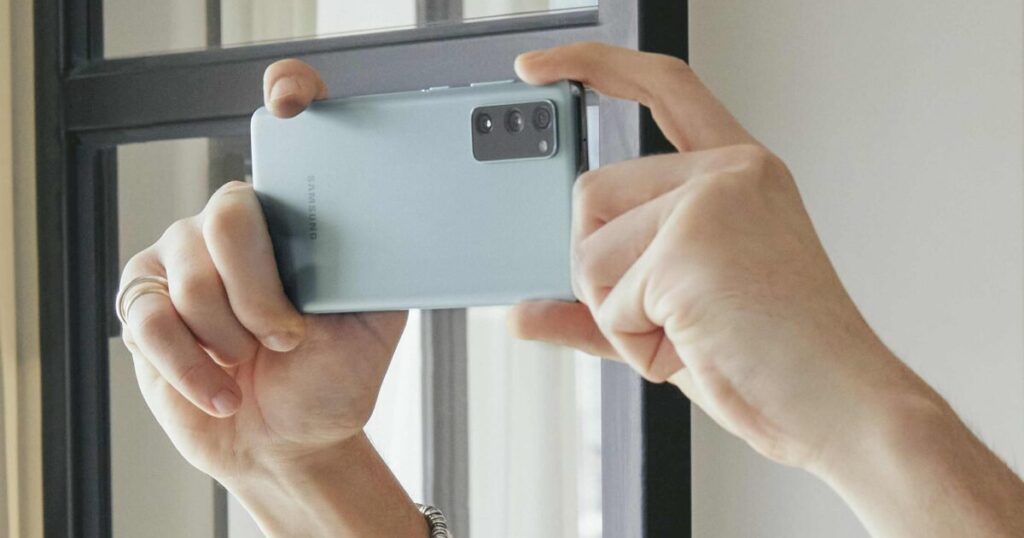
Okay, now we’re slowly moving toward a more compelling argument for upgrading but at the same time, finding a reason to stick with your S20 a little longer (especially if you’re one of the many users who mourned the loss of MicroSD).
Three years can be a long time in the world of smartphones, especially if you’re someone who likes the latest and greatest specs. The jump from Galaxy S20 to S23 presents a number of nifty upgrades but it still won’t be an absolutely necessary upgrade for most.
Even as far back as the S20, the Dynamic AMOLED 2X display hasn’t changed all that much. In fact, where the S20 had QHD resolution, the S23 is capped at FHD (Full HD), but that’s decidedly better for battery life. Even the S20 defaulted to FHD out of the box.
Reasons for upgrading include the improved Gen 2 Snapdragon 8 chipset. The Gen 2 Snapdragon 8 chipset in the S23 claims to make some significant improvements in a few key areas. The Gen 2 improves upon the Gen 1 Snapdragon 8 (found in the S22) with a 40% increase in overall power efficiency and a 25% increase in GPU performance– a boon for mobile gamers and photographers alike. The Australian S20, on the other hand, still shipped with the Exynos chipset; a capable, but decidedly subpar brand compared to Snapdragon.
The upgrades to the S23’s selfie camera will make those improvements to low-light photos even more noticeable when stacked up against the S20. Otherwise, the changes to the triple-lens camera array aren’t all that different to that of the S21 comparison above.
But there is one major factor that will keep certain S20 users from upgrading to the S22: the microSD card. The Samsung Galaxy S20 was the last flagship Galaxy to include a microSD card for expandable memory. The base Galaxy models that followed offered higher storage options to purchase, but the flexibility of the S20’s microSD offered users up to 1TB of expandable memory.
Should you upgrade?
The old S20 still has a few more years left in the tank. Don’t rush out just yet unless you're desperate for a new phone. Even if you are, it could be worth considering one of Samsung's more affordable smartphones, like the Galaxy A54 rather than spending big on the latest and greatest.
Samsung Galaxy S23 vs S10
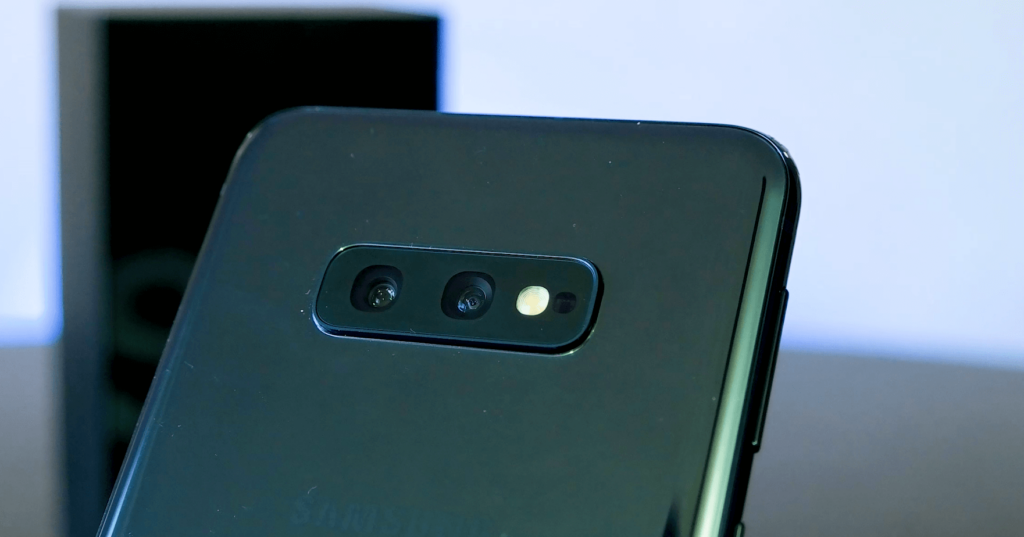
Despite the difference in model numbers, the S23 and S10 are only four years apart. Released in 2019, the Galaxy S10 was a phone of firsts for Samsung and the industry as a whole. It had the first hole-punch camera, the first 5G variant, the first triple camera system and some fun new features like the Ultrasonic fingerprint sensor and reverse wireless charging (a feature that lets you sacrifice some of your own battery for a friend).
As with the S20, Australian models of the S10 were still rocking Exynos chipsets, which isn’t so much of a downgrade as it is worth mentioning. It also still had expandable storage via microSD and even a 3.5mm headphone jack– two features every smartphone user misses, Samsung or not.
The S10’s triple-camera array, while a first for the Galaxy series, isn’t quite as advanced as the Galaxy S23 camera (or even S20), with two 12MP cameras for the main shooter and telephoto lens. The Galaxy S10 also rocked a fairly average selfie camera by today’s standards. Even in 2019, the Galaxy S10’s camera and battery life were just okay for a flagship smartphone. That’s not to say they were bad by any measure, just a little underwhelming for a premium smartphone. The S10’s Dynamic AMOLED display, while stunning for its time, didn’t have the same, crisp 120Hz refresh rate as modern phones.
So that gives Galaxy S10 users a few good reasons to upgrade, but not necessarily to the Galaxy S23. You won’t save much opting for an S22 over an S23 but last year’s S21 FE does offer significant savings (starting at $52 per month at the time of writing).
Should you upgrade?
Samsung Galaxy S23 vs Galaxy S9/S8
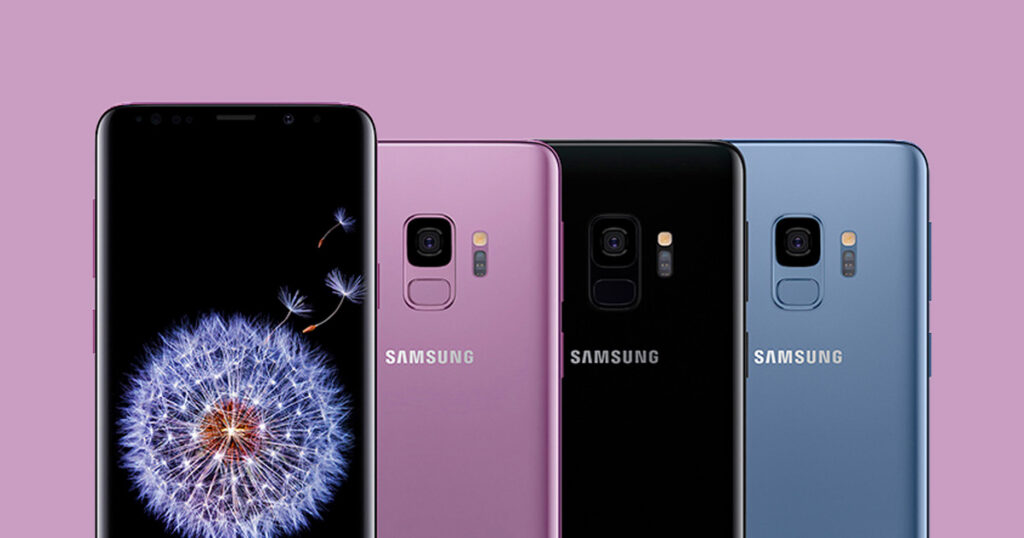
We’ve finally reached the Samsung Galaxy afterlife. Every flagship Galaxy prior to the S10 no longer receives software or security updates from Samsung. They’ll still connect to the internet, make phone calls and take photos but the very act of using an unsupported smartphone for personal use is a huge risk to your security and privacy. This is unfortunate, because the Galaxy S8 and S9 might be over the hill, but they represent the most exciting time for the company, in my opinion.
While a lot of the same tech could be found in the S7, the refined design of the S8 (and the iPhone X) paved the way for smartphone design as we know it today; favouring screen real estate over redundant physical buttons and taking biometric security mainstream. Thick bezels disappeared before our eyes, while cameras, speakers and sensors were crammed into a slim, unobtrusive strip at the top of the screen. These days, with hole-punch cameras and cleverly hidden speakers, Samsung has almost managed to remove the bezel entirely but it’s been an iterative evolution ever since the S10.
It probably goes without saying that the Galaxy S23 presents a sizeable upgrade from the smartphones of 2017-2018– the Dynamic AMOLED 2x display is one of the best on the market in 2023 and its Gen 2 Snapdragon 8 processor is capable of camera wizardry we could only dream of with the S8. The selfie camera has obviously come a long way too compared to the 8MP front-facing shooters of the S9 and S8.
Should you upgrade?
Samsung Galaxy S23 vs Galaxy S7 and every Galaxy S prior
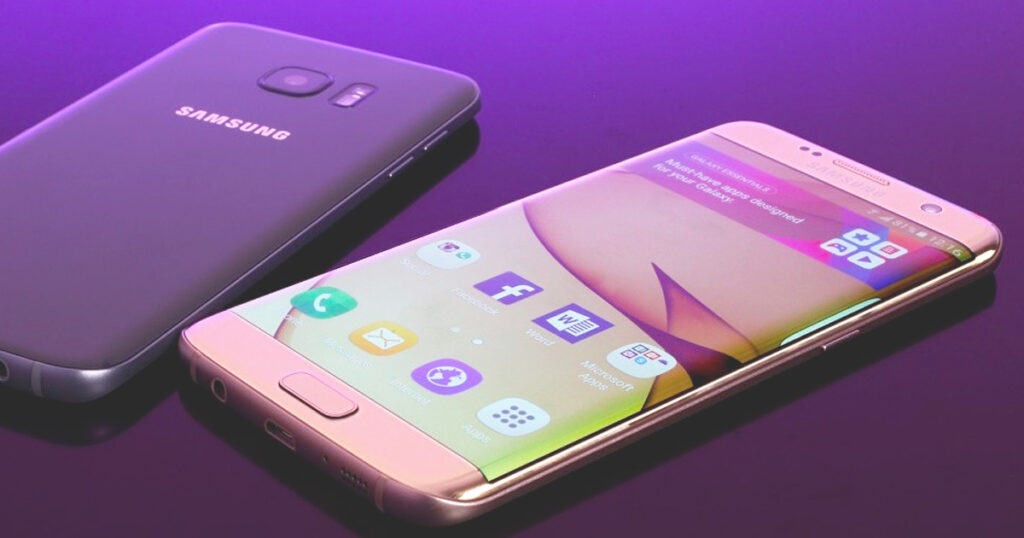
While Samsung refined its formula with the Galaxy S8 and S9, the S7 introduced a lot of features that other brands are still catching up with today— notably the Always-On Display, a feature that Samsung nailed way back in 2016. Once again, the Super AMOLED display was king during its time but it doesn’t hold a candle to the beauty of the S23’s 120HZ Dynamic AMOLED 2X display.
We’re of course travelling back to a time when one rear camera lens was all anyone needed but even the single main shooter of the S7 (12MP) and S6 (16MP) have been severely outmatched multiple times over since their heyday.
Even without the luxuries of a vibrant display and contemporary smartphone camera, there are other hardware difficulties you would face with every Galaxy S released before the S8. For one, using a micro USB charger in 2023 would be a shock to the system, and, at most, you would only be getting 64GB of internal storage with the Galaxy S7. All of this is to say, owning any Galaxy S released before 2016 would be difficult by today’s standards, even without the security risks that come with an unsupported smartphone.
Honestly, you’d probably get better connectivity with a fishing line and a brick of Bega Cheese at this stage. You absolutely don’t need to upgrade to the S23 but for the love of god, please upgrade to something, I’m begging you.
Should you upgrade?
Absolutely. Even Samsung’s more affordable A-series Galaxy smartphones would present a revolutionary upgrade to the S7 and S6 in 2023. Here's a quick look at some of the cheapest Galaxy A14 plans available to get you started.
Samsung Galaxy S23 vs iPhone 14
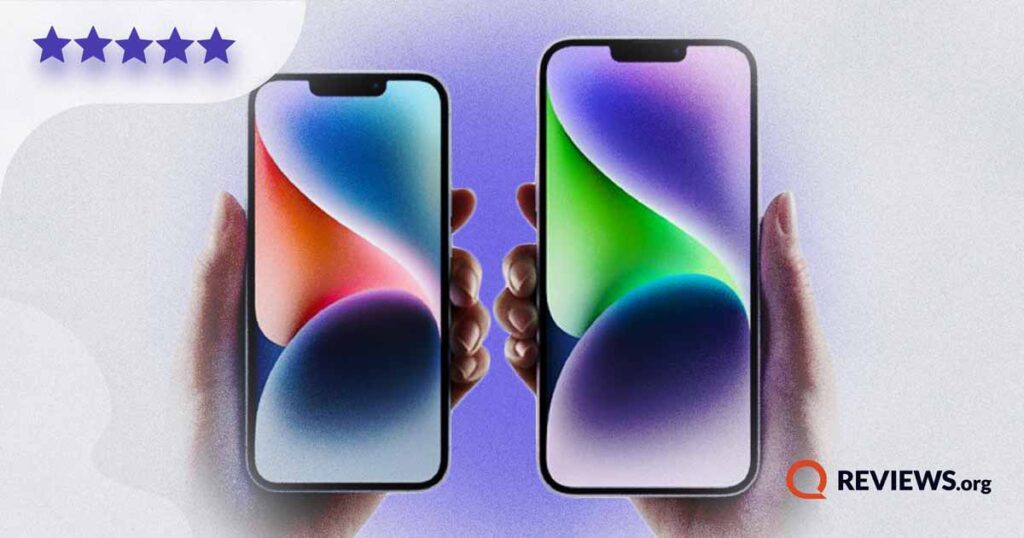
Being from two rival manufacturers, there isn’t a lot of shared DNA between the Galaxy S23 and iPhone 14. Almost every technical specification is different in name but not always too dissimilar where it matters. For instance, the Dynamic AMOLED 2X display of the S23 and the Super Retina XDR OLED display of the iPhone 14 may sound like two different products but they are both cutting-edge screens in their own right.
With that said, there are a couple of reasons why you might prefer the Galaxy S23 over the iPhone 14. It gets a little complicated, but hang in there.
In 2022, Apple opted to increase the divide between its standard smartphone and its Pro model. The iPhone 14 Pro packed an all-new A16 Bionic Chip, a 120Hz Always-on OLED display, and as with previous generations, an advanced depth sensor aided by Apple’s impressive LiDAR tech– all premium features the standard iPhone 14 didn’t get.
The iPhone 14 could barely be considered an upgrade to the iPhone 13 (which is still a phenomenal handset). And that’s where Samsung wins this generation. The baseline S23 shares most of the same premium features as the premium S23 Ultra; same display, same processor, and same build. The only significant benefits the S23 Ultra offers over its cheaper brethren are S-Pen support (a huge one for some), and some possibly gimmicky camera features, such as a 200MP main shooter, multi-directional PDAF and a periscope telephoto lens for zoom clarity that only the biggest sickos among us require.
Should you switch?
Probably not. If you're a diehard Apple fan, nothing about the Galaxy S23 or S23 Ultra is going to convince you to convert from Apple to Android.
Now, if you're an Android lifer looking to save some money, the Google Pixel 7a might give you something to think about.
Related Articles





